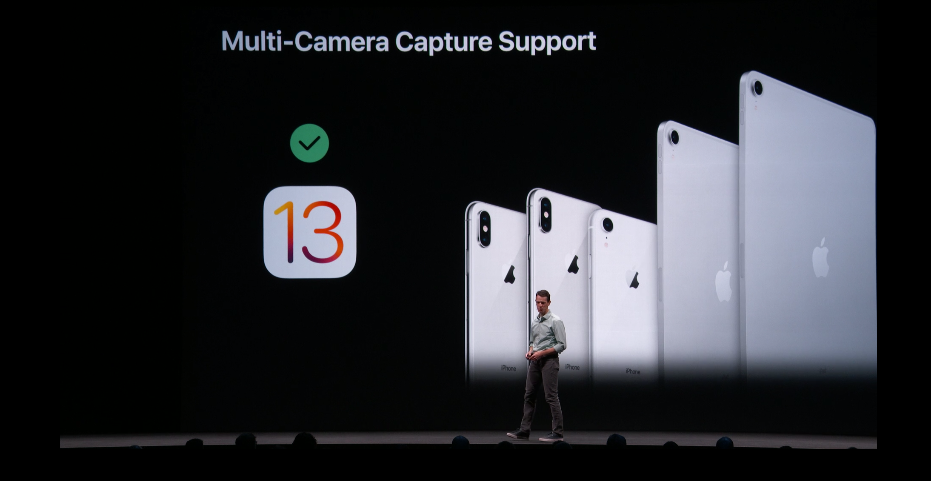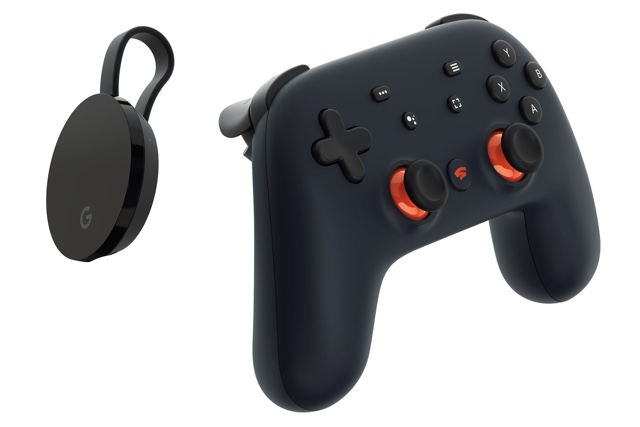
E3 attendees enter last year's show.
Josh Miller/CNETNext week brings chaos. Next week brings hype. Next week brings the onslaught of endless video game trailers. Next week brings E3.
But E3 isn't the beast it once was. E3 is changing.
The Electronic Entertainment Expo, or E3 for short, began life in 1995, partly in response to disrespect toward video games as an industry. After being tossed into the back end of shows like CES (often in tents) video game publishers decided to break out on their own and create an event just for video games.
The rest was history. Over the course of the next few decades, E3 became a juggernaut.
For years E3 has been the battleground on which major publishers like EA, Activision and Ubisoft battle for the attention of the games press and the wider public. A space where platform holders like Microsoft, Nintendo and Sony reveal new consoles or announce pivotal big ideas. Sony unveiled the first PlayStation at E3 in 1995, Microsoft took the wraps off Kinect in 2009. Perhaps most famously, Nintendo showed off The Legend of Zelda: Twilight Princess for the first time and the crowd literally went wild. E3 is the home of the Megaton, the big reveal. A primordial swamp for memes, GIFs and catchphrases.
E3 has been the central point of the video game universe for a long time, but in 2019 things feel a little different. E3 has lost relevance, yet in some ways it's bigger than ever.
I say E3 is changing because video games themselves are changing.
The hydra
We live in interesting times. In 2019, "video games" means Fortnite and Apex Legends. It means livestreaming and rapid digital delivery. It means free-to-play. It means mobile gaming and Hollow Knight and breakthrough indie hits made by two-man teams.
Today, the concept of video games has branched and broken out into a multiheaded hydra that's near impossible to encapsulate, let alone express in one single event.
E3 flourished at a time when games as a product were at their most focused. They came in a box you bought in a store. You played them on consoles you plugged into your television. Simpler times. Every five years the cycle repeated itself. New consoles, new games, grand leaps in technology and visual fidelity.
But the cycle as it once existed is beginning to fade and we're seeing those changes reflected in what E3's become and what it's about to become. In 2019 companies like Sony and Microsoft don't necessarily need a show like E3 to unveil new consoles or new video games. At the very least, E3's value as a platform for engaging media has diminished.
Nintendo was perhaps the first to realize this. The company still appears at the show, but it no longer holds a traditional press conference. Now it runs an episode of Nintendo Direct, a prerecorded video package previewing its upcoming lineup, streamed live on its YouTube and Twitch pages. The Nintendo Direct presentation isn't even unique to E3. It's a format that Nintendo uses frequently throughout the year, showcasing whatever product it happens to be selling at that moment.
Nintendo doesn't need E3, but it sure as hell takes advantage of the hype that still surrounds it.
Now everyone else is in the process of playing catch-up. Microsoft has Inside Xbox and Sony recently launched State of Play, a YouTube style show that mimics Nintendo Direct.
In these curated spaces, the companies are in complete control of the message and stream it directly to the eyeballs of consumers.
Consoles have changed
E3 started in 1995. It was a different, barely recognizable world.
We were a full decade away from YouTube. A full 16 years before Twitch. Back then a trade show was the most efficient way for publishers to get games in front of the press, and therefore potential consumers.
In 2019 that feels like ancient history. The media as it once existed still exists, but there's been a tremendous power shift. Audiences no longer need a middle man (or woman), and even if they do, it's more likely to be an angry YouTube "influencer" than a member of the press.
In 2017, E3 opened its doors to the public for the first time, issuing 15,000 passes for those willing to pay money to attend like it was Comic-Con. In 2019, E3 is like Comic-Con. It already is a public event. Livestreams of the conferences have been available for years, Nintendo's Treehouse livestream, available on Twitch, already provides just as much access to games content as the press has on the show floor.
This year Sony is not attending E3. It feels significant.
"Can't [E3] just be a celebration of games and have panels where we bring game developers closer to fans?" Shawn Layden, Sony's head of game development studios, said in an interview with CNET earlier this year. E3, he said, needs to evolve past being the place where companies drop their big bomb announcements every year.
Sony's next major move is the PlayStation 5 reveal. In 2019, announcing the PS5 at a show like E3, in a competitive space, considering the resources at Sony's disposal, would be nothing short of madness.
So, no PS5, and most likely no Megatons -- but what are we going to get? Probably trailers, maybe a few new crowd-pleasers. Definitely expect Microsoft to take the initiative and reveal more about that Google Stadia game streaming competitor currently known as "Project XCloud." But don't expect too much more than that.
Stanley Pierre-Louis, the newly minted CEO of the Entertainment Software Association (the lobby group behind E3) maintains this year's event will be "one of the most exciting shows in years" and he might be right. In an interview with CNET he said there are 200 exhibitors this year, both large and small. Crucially -- 50 of that 200 are exhibiting for this first time. That seems important: new voices, new people, new exhibitors. Key word: new.
E3 is a show in the process of finding its way in a world where the E3 of yesteryear doesn't quite make sense anymore. E3 is changing because video games are changing. And change doesn't happen overnight.
Upcoming E3 press conferences
Saturday, June 8
Sunday, June 9
Monday, June 10
Tuesday, June 11
- Nintendo (livestream only) -- 9 a.m. PT (noon ET)
We'll be there
CNET will be on the ground, covering covering E3 2019 alongside our sister site, GameSpot. We'll update this page throughout the show as more games are announced.
https://www.cnet.com/news/e3-2019-how-its-changing-and-what-to-expect/
2019-06-07 13:38:00Z
52780310519250
















